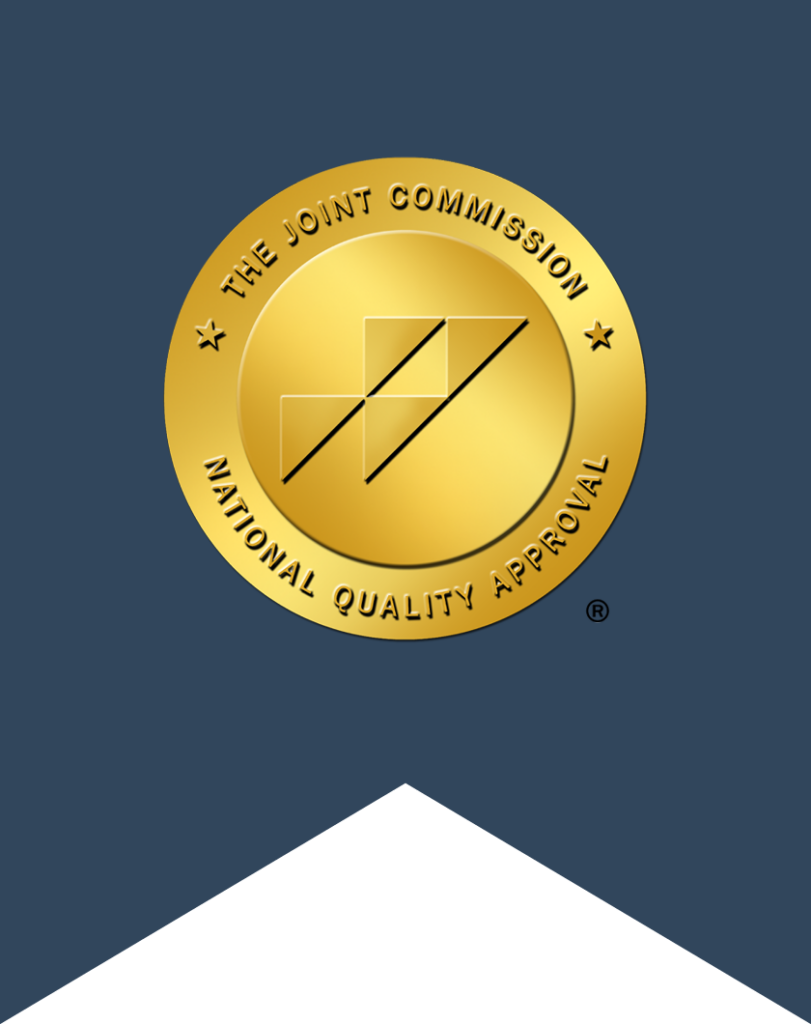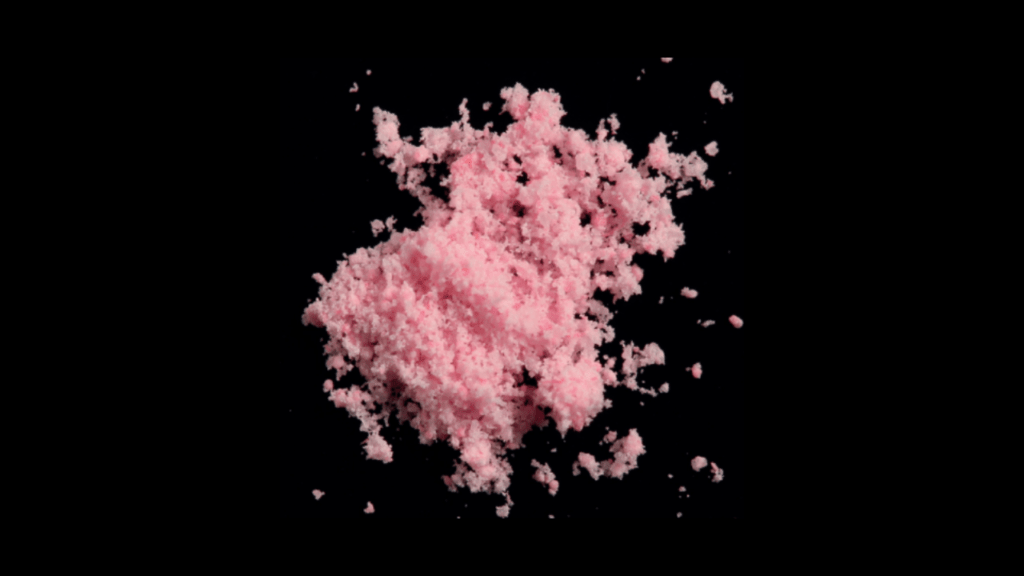A Dangerous Designer Drug Hits the Streets
In recent years, a hazardous new illicit drug concoction has been making rounds in party circuits and on the streets of Latin America, Europe, and now the United States. Dubbed “tusi,” “tuci,” or “pink cocaine,” this innocuous-looking pink powder is anything but harmless fun. Behind the playful nicknames and vibrant hue lies a potentially lethal cocktail of drugs that has addiction experts and law enforcement officials sounding the alarm.
Deceptive Labeling Masks Deadly Contents
One of the most insidious aspects of pink cocaine is how it’s marketed to unsuspecting users. The monikers “tusi” and “tuci” are derived from the slang pronunciation of 2C-B, a psychedelic phenethylamine drug known for its euphoric and hallucinogenic effects. Similarly, the “pink cocaine” label suggests the presence of cocaine, a notorious stimulant. However, chemical analysis of seized pink cocaine samples tells a much different story.
In reality, the primary active ingredient in most pink cocaine is ketamine, a dissociative anesthetic originally developed for veterinary use. While ketamine has a history of abuse as a recreational club drug, it’s rarely the only substance in pink cocaine. Law enforcement reports indicate that dealers frequently cut the ketamine with a wide range of other drugs to stretch their product and amplify its effects.
Lab tests of confiscated pink cocaine have revealed the presence of methamphetamine, MDMA (ecstasy), cocaine, new psychoactive substances, and even highly potent synthetic opioids like fentanyl. Users have no way of knowing the exact composition or dosage of these additives, making each hit of pink cocaine a potentially life-threatening game of Russian roulette.
The Devastating Effects of Pink Cocaine Abuse
The myriad of substances found in pink cocaine create a perfect storm of adverse effects on the mind and body. At the center of it all is ketamine, a dissociative that drastically distorts sensory perception, judgment, and awareness at high doses. Users may experience a terrifying detachment from reality known as a “k-hole,” characterized by near-complete paralysis, amnesia, and vivid out-of-body hallucinations.
When ketamine is combined with stimulants like cocaine, meth, and MDMA, as is often the case in pink cocaine, the risks skyrocket. This mixture sends the cardiovascular system into dangerous overdrive, putting immense strain on the heart and blood vessels. Users may experience chest pain, palpitations, skyrocketing blood pressure, and erratic heart rhythms. In severe cases, this can lead to heart attacks, strokes, organ failure, and sudden death.
The psychological impact of pink cocaine abuse can be just as devastating as the physical toll. The confusion, paranoia, and loss of inhibition caused by this drug cocktail significantly impair decision-making and increase the likelihood of accidents, injuries, and risky behaviors. Aggression, self-harm, and suicidal thoughts have also been reported in some users.
Long-Term Health Hazards of Ketamine Abuse
Even without the added danger of adulterants, regular ketamine use can have severe consequences for both physical and mental health. Over time, tolerance builds rapidly, leading to escalating doses and compulsive bingeing. Some heavy users develop an excruciating condition known as ketamine cystitis, characterized by severe bladder inflammation, urinary tract damage, and agonizing pelvic pain.
Chronic ketamine abuse has also been linked to kidney dysfunction, persistent memory deficits, and even lasting psychosis in some individuals. The dissociative effects of the drug can lead to social isolation, relationship problems, financial instability, and a host of other personal issues that further fuel the cycle of addiction.
A Growing Threat to Public Health
Perhaps most alarming is how the innocent-looking appearance of pink cocaine belies its sinister nature, making it tempting for curious teens and young adults to try at parties or clubs. Peer pressure, misinformation about the drug’s contents and effects, and the mistaken belief that the color indicates a “pure” product all contribute to pink cocaine’s growing popularity among youth.
As the COVID-19 pandemic has disrupted the traditional illegal drug supply chain, dealers have increasingly turned to synthetic drugs like ketamine that can be manufactured locally with readily available chemicals. This has made designer drugs like pink cocaine cheaper and more accessible than ever before, fueling a new wave of abuse and addiction.
The rise of pink cocaine highlights the ever-evolving landscape of illicit drugs and the urgent need for increased public awareness about the dangers these substances pose. It’s crucial for parents, educators, healthcare providers, and community leaders to stay informed about emerging drug trends like pink cocaine and work together to provide factual information and encourage open dialogue about the risks.
Seeking Help for Pink Cocaine Addiction
If you or someone you love is struggling with pink cocaine abuse, know that you’re not alone and there is hope for recovery. At Destination Hope, a leading drug and alcohol treatment center in Fort Lauderdale, FL, we help individuals overcome addiction to designer drugs like pink cocaine and build a foundation for lasting sobriety.
Our compassionate team of medical professionals, licensed therapists, and certified addiction counselors have decades of combined experience in treating substance use disorders. We understand the unique challenges posed by pink cocaine addiction and tailor our evidence-based treatment plans to address each client’s specific needs, goals, and circumstances.
At Destination Hope, we offer a full continuum of care to support clients at every stage of their recovery journey. Our services include:
- Medically supervised detox to safely manage withdrawal symptoms
- Residential treatment with 24/7 support and structured programming
- Partial hospitalization and intensive outpatient programs for flexible care
- Individual, group, and family therapy to address underlying issues
- 12-step immersion and peer support groups for long-term recovery
- Comprehensive aftercare planning to prevent relapse and maintain sobriety
Our state-of-the-art treatment facilities provide a serene, supportive environment conducive to healing and self-discovery. Clients work closely with their dedicated treatment team to develop essential coping skills, build healthy relationships, and create a fulfilling life free from the bonds of addiction.
Don’t wait until pink cocaine addiction steals your health, your happiness, and your hope for the future. Reach out to Destination Hope today at 954-302-4269 for a free, confidential consultation with our knowledgeable admissions specialists. We’re here to answer your questions, verify your insurance coverage, and help you take the first step toward a brighter tomorrow.

